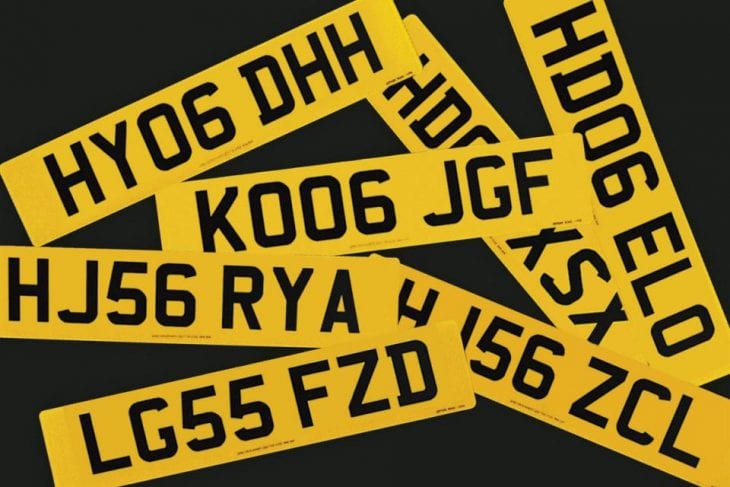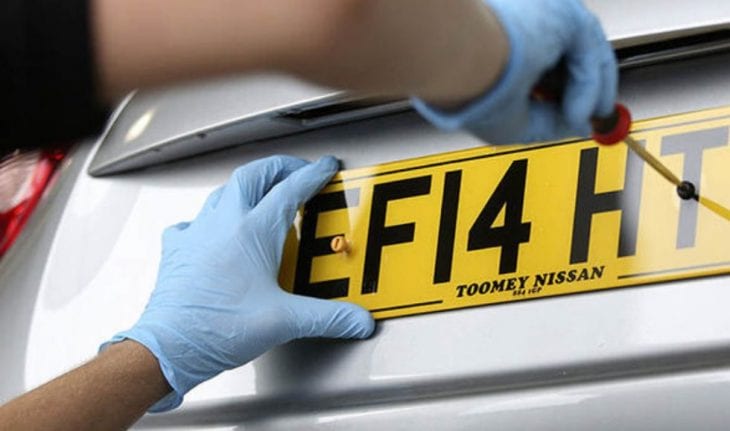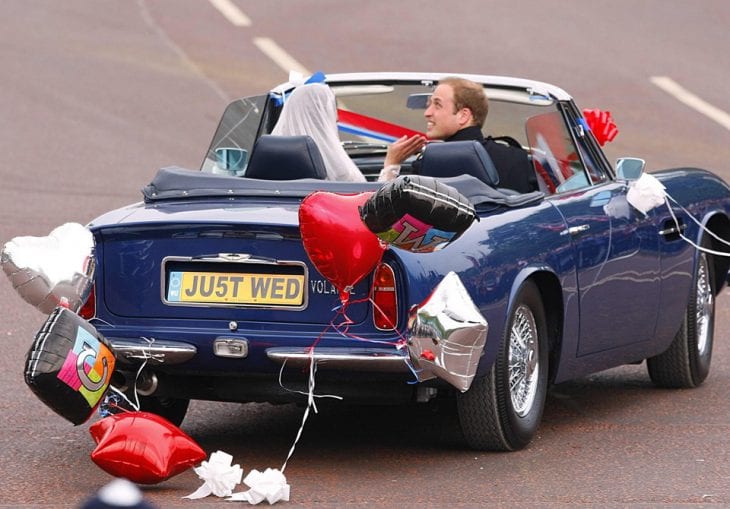Number plates as we know them today have undergone a lot of changes to get where they are. Before number plates were introduced, there was the Locomotive and Highways Act of 1896. This piece of legislation is responsible for the rise in motor vehicle popularity. The Act increased the speed limit and introduced compulsory lights for safety. It was the precursor for the modern number plates, requiring every vehicle to be registered by the local council.
At the beginning of the 20th Century, the number of vehicles on the road had reached 5,000. At the time, this was a record number of cars and the Motor Car Act had to be introduced in 1903 to help identify vehicles and their drivers. This mandated the display of registration marks on the vehicle in a prominent position and the number plate was born.

Source: Auto Express
The first number plates were made up of a single letter and a single number. The London County Council issued the first A1 number plate to the Earl Russell in 1903. This single number-single letter combination would continue until the combinations ran out and the format changed to two letters and two numbers.
In 1920, the Road Act was introduced and at the time it was the biggest change for quite some time. This new act changed the registration process so that the Councils would register all vehicles at the time of licensing and assign a separate number to each vehicle. Different councils used different characters to register a car. The main problem with this method was that some populous areas ran out of possible letter-number combinations faster than others.
For example, in Liverpool, the KA series ran out 1927 and the SJ series that was issued by the Bate Council lasted until 1963. Areas like Liverpool that ran out of plates sooner than others got new three letter- three number formats that were later reversed to be three numbers- three letters.

Source: Daily Express
The New Number Plates
The car ownership market experienced tremendous growth in the 50s and by the 70s the number of cars on London Streets quadrupled thanks to an increase in the standards of living and reduced car prices. In 1963, a new format known as the suffix registration was introduced. This system displayed three letters; up to three digits and then the letter A. every vehicle registered in 1963 would have an “A” at the end and the following year, a “B” and so on. This system would allow for 255 million possible registration combinations annually.
The system would soon run out of letters by the 1983 and a new format was required. This new system simply reversed the suffix system and would appropriately be named the prefix system. When the prefix system reached its peak in 2001 (where show plates also started trending), it was replaced by the new format we have today.
Each plate registered after 2001 has two letters, a two digit number (the year identifier) and three further letters. This new system allows for more than 7 million possible combinations of letters and numbers every 6 months. This is expected to be more than enough to meet the demand and should be able to run for more than 50 years before it can be replaced.

Source: lisawallerrogers.com
Buying and Selling Number Plates
During all these changes, people began to realize that some number plates were more desirable than others. This created a demand and supply chain for specialize number plates. The practice grew I popularity and today, thousands of people make a living at buying and selling number plates.
In more recent times, new designs of number plates have entered the market. Enthusiasts are always looking for ways to enhance the appearance of their vehicles and with modern technologies constantly on the rise, more and more businesses are capable of new and exciting innovation. With regards to number plates, companies are offering laser cut number plates which consists of a raised plastic letter adhered to the surface of the number plate. They seem to be a recent craze in the number plate industry and we can certainly see why!
